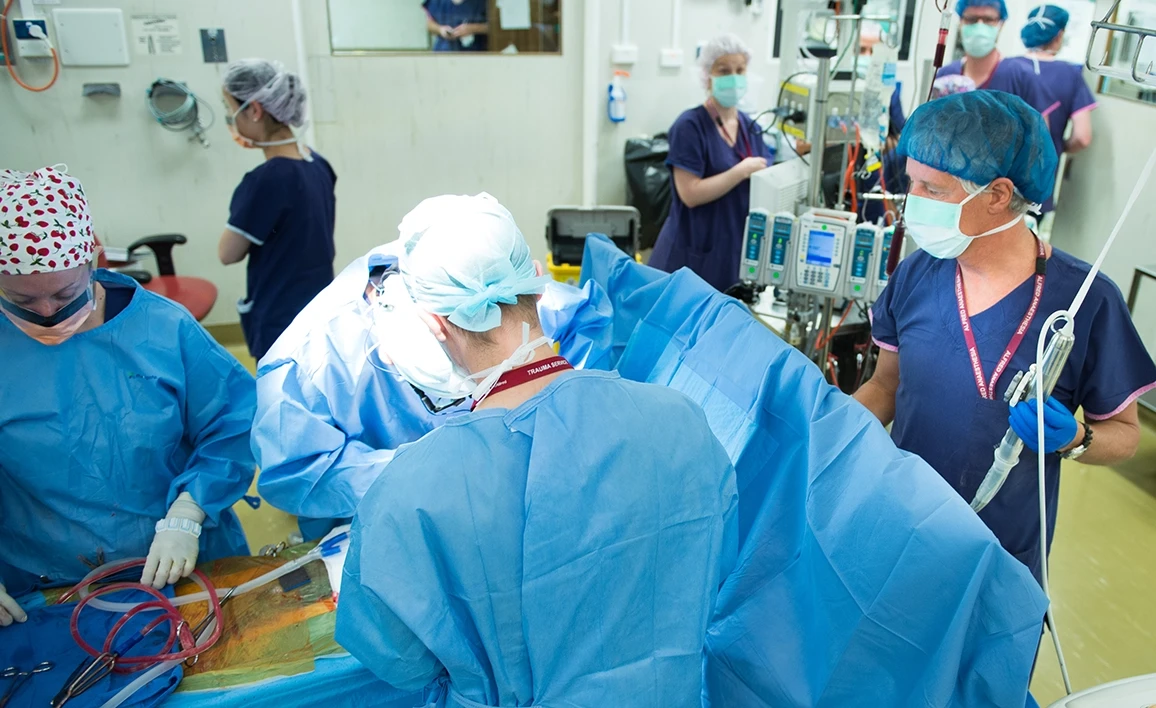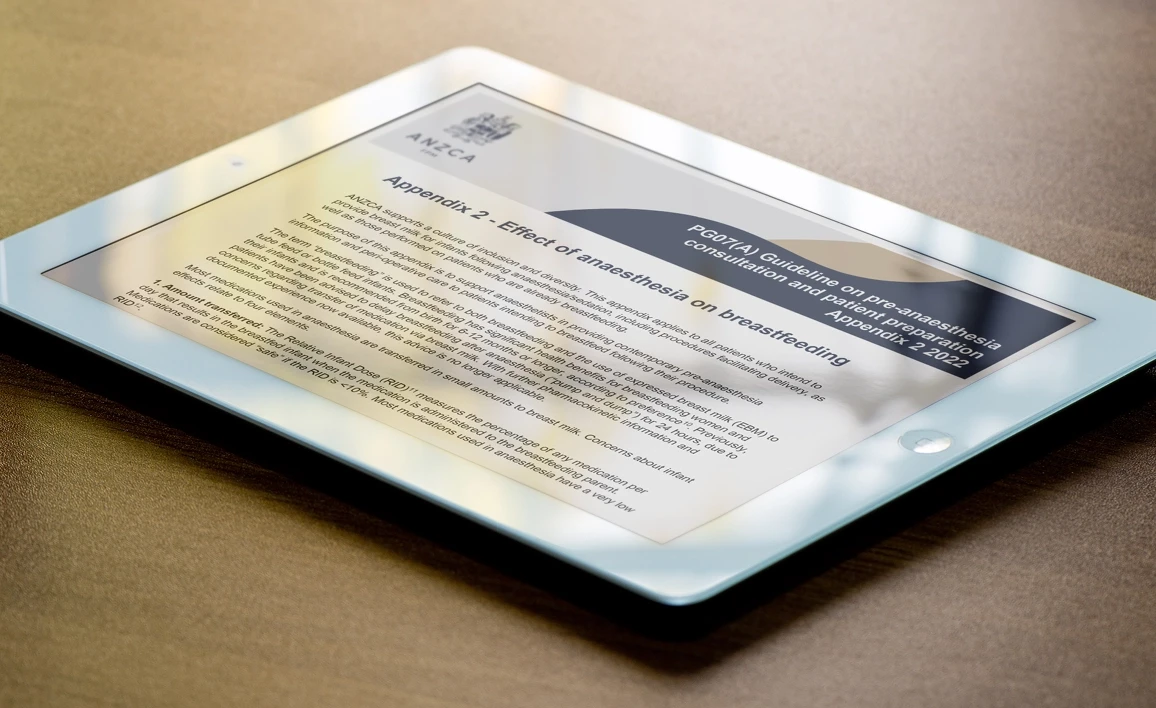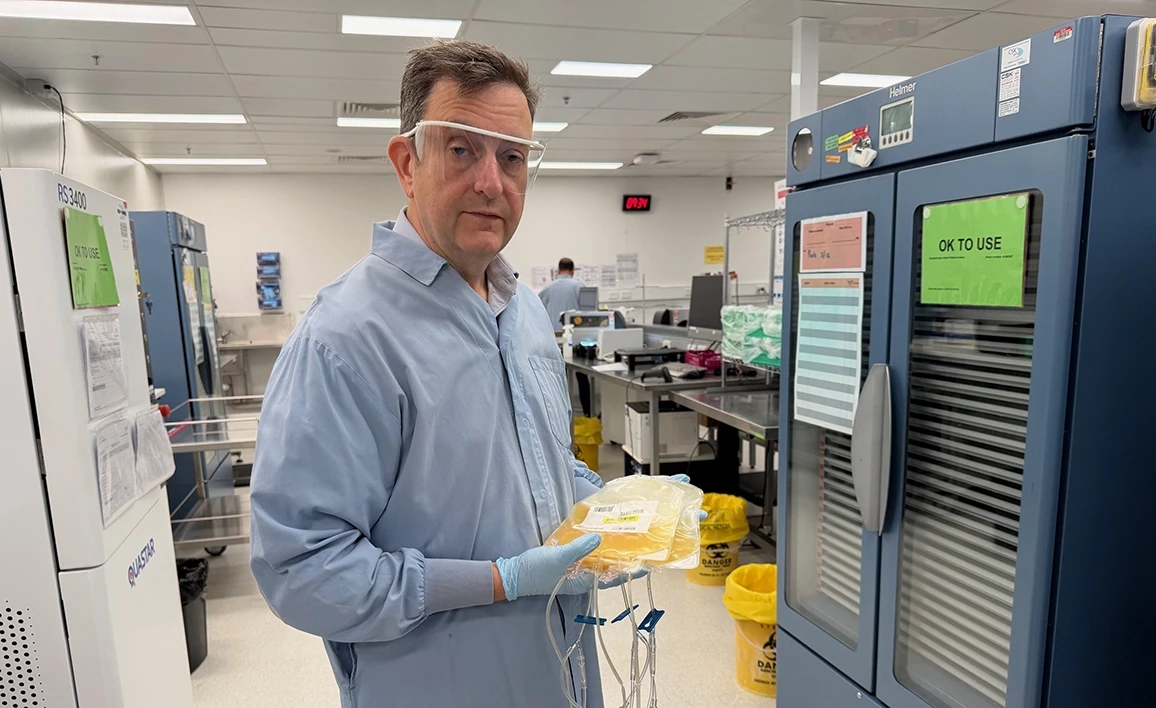Patient safety database driving hospital practice changes

A pioneering patient safety initiative developed by anaesthetists is driving critical clinical practice improvements on hospital frontlines by helping to identify potential risks.
Since its start in 2009, webAIRS (web-based Anaesthetic Incident Reporting System) has collected data from thousands of anaesthetists across Australia and New Zealand that flags potential risks with the aim of safeguarding patients.
WebAIRS is a collaborative project supported by the Australian and New Zealand College of Anaesthetists (ANZCA), the Australian Society of Anaesthetists and the New Zealand Society of Anaesthetists.
Adelaide specialist anaesthetist Dr Yasmin Endlich says the system has become a vital tool for the specialty as it identifies patterns that can occur in rare cases to improve patient outcomes.
“Each year, more than four million Australians undergo anaesthesia, and Australia is one of the safest places in the world to have an anaesthetic,” Dr Endlich, medical director of the Australian and New Zealand Tripartite Anaesthetic Data Committee, explains.
“This database is crucial to ensuring we maintain and enhance that safety record. It relies on the diligence of anaesthetists − specialist doctors with years of training who are on the frontline of patient care.”
Recent cases examined through webAIRS have led to increased awareness and interventions around potential risks, including:
- Alerting anaesthetists to look-alike drug and ampoule packaging in the operating theatre.
- Highlighting the risk of rare incidents such as patients slipping or falling off the operating table.
- Raising alerts about the respiratory risks linked to GLP-1 agonist weight-loss drugs, such as Ozempic and Wegovy, which can delay stomach emptying before surgery.
Dr Endlich, who is speaking about the data collection system at the ANZCA Annual Scientific Meeting (ASM) in Cairns this weekend says webAIRS enables frontline clinicians to report and analyse potential risks anonymously.
“It provides a safe space to reflect on what can go wrong − and what can be improved − ultimately reinforcing the culture of safety within hospitals.”
Nearly 1800 anaesthetists and specialist pain medicine physicians are meeting from 2-6 May for the ANZCA ASM at the Cairns Convention Centre.




